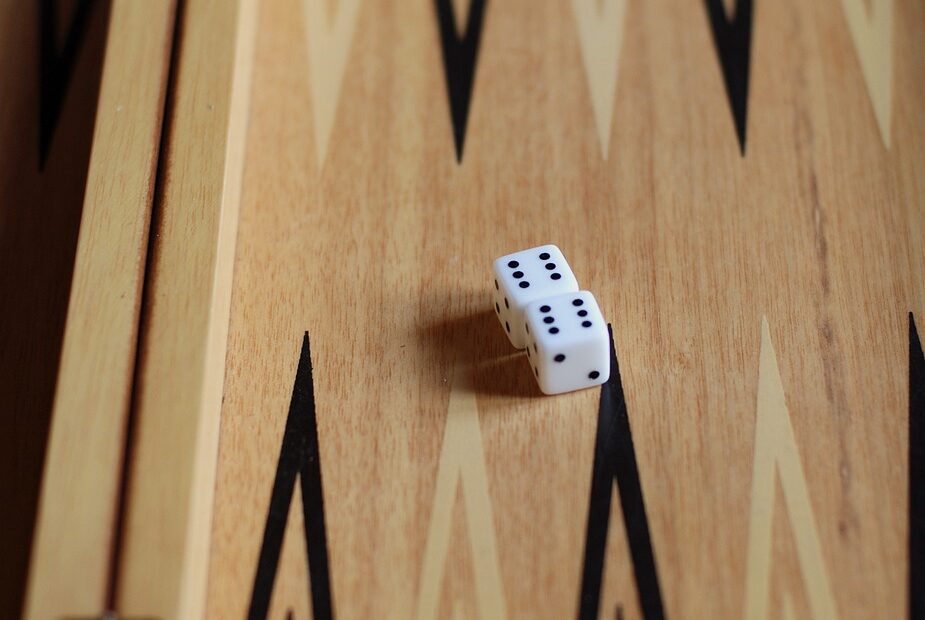Ever wondered about the classic board game that has intrigued generations and created countless rivalries? Yes, we’re talking about backgammon, an intellectual battle of strategies and luck. The question, “How many pieces does backgammon have?” opens the door to this fascinating world. Dive into our guide to explore the essential rules and how to play backgammon, making sure you’re equipped for your next game night.
Unveiling The Backgammon Game Set
Understanding the components of backgammon is the first step towards mastering this historical game. A standard backgammon set comprises a combination of distinct pieces, each playing a vital role in the gameplay. But the core of the question remains, how many pieces does it include?
| Component | Quantity |
|---|---|
| Checkers/Pieces | 30 (15 of each color) |
| Dice | 4 (2 regular dice for each player) |
| Doubling Cube | 1 |
| Dice Cups | 2 |
| Game Board | 1 |
This table reflects the fundamental elements required to partake in the game, setting the stage for endless hours of strategic amusement and competition.
Basic Rules of Backgammon
At its heart, backgammon is a race between two players to move all their pieces around and off the board first. However, understanding the detailed rules is key to not just playing but excelling in this game.
- Objective: The main goal is to move all 15 of your pieces off the board before your opponent does.
- Setup: Each player starts with 15 pieces placed on predetermined points on the board.
- Moving: Moves are dictated by the roll of the dice, with each dice roll representing a potential move for one or two pieces.
- Hitting and Re-entering: Landing on a blot (single piece) allows you to capture that opponent’s piece, sending it to the bar. That piece must then re-enter the game, starting from the opponent’s home board.
- Bearing Off: Once all your pieces are in your home board, you can start bearing off, removing your pieces from the board based on your dice roll.
Strategies to Elevate Your Game
While mastering the moves is one thing, strategizing to outmaneuver your opponent requires insight and practice. Creating blockades, strategically hitting blots, and knowing when to double down or concede with the doubling cube are nuances that can dramatically shift the tide of the game.
Practice Makes Perfect
The age-old saying holds true for backgammon. Theoretical knowledge combined with continuous play sharpens instincts and unveils deeper layers of strategy, slowly transforming a novice into a seasoned player.
In conclusion, backgammon, with its rich history and complex strategy, offers more than just a game; it’s a journey. Whether you’re meticulously moving your pieces, pondering over the doubling cube, or simply enjoying the dance of chance and tactics, backgammon has stood the test of time for a reason. So, dive in, armed with the knowledge of how many pieces backgammon has — and much more — and cherish the competitive spirit and joy it brings into every match.
